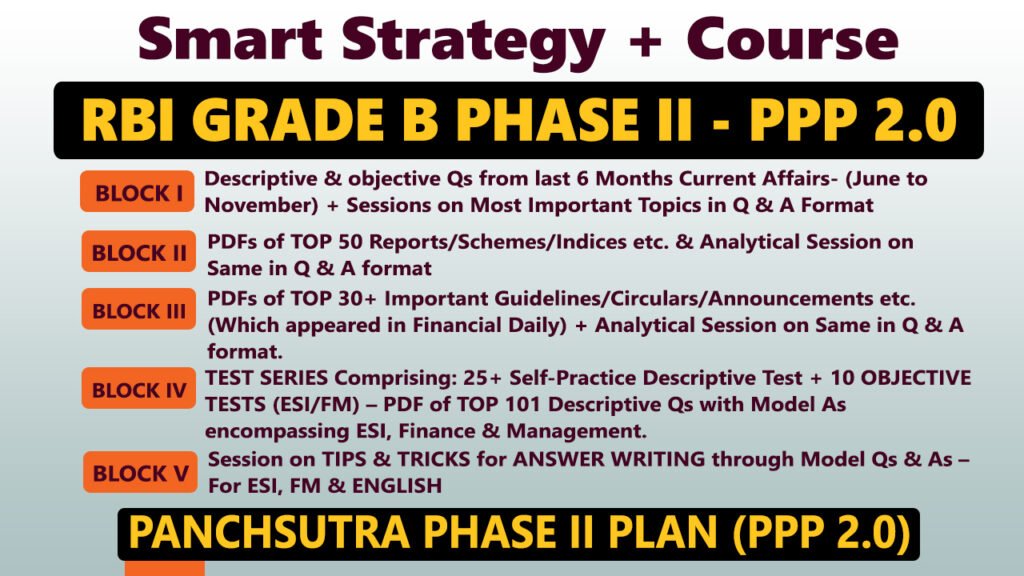Source: TOI
Context:
The Commission for Air Quality Management (CAQM) invoked Stage II of the Graded Response Action Plan (GRAP) after Delhi-NCR’s Air Quality Index (AQI) exceeded 300, indicating “very poor” air quality.
About GRAP:
- Full Form: Graded Response Action Plan
- Purpose: Provides stage-wise interventions to manage deteriorating air quality in Delhi-NCR.
- Established: Introduced in 2017 under Supreme Court directives and the Environment (Protection) Act, 1986.
- Latest Revision: December 2024 by CAQM to include predictive measures based on IMD and IITM forecasts.
Objective:
- To create a graded, preemptive system for air quality management by defining specific actions at different AQI levels.
Stages and Measures:
| Stage | Category | AQI Range | Key Actions |
|---|---|---|---|
| I | Poor | 201–300 | Dust control, waste removal, vehicle norms enforcement |
| II | Very Poor | 301–400 | Mechanical sweeping, C&D (construction & demolition) monitoring, DG set regulations |
| III | Severe | 401–450 | Restrictions on BS-III/IV vehicles, construction limits |
| IV | Severe+ | Above 450 | Truck entry bans, work-from-home orders, halting C&D projects |
What is AQI (Air Quality Index)?
The Air Quality Index (AQI) is a numerical scale used to communicate the level of air pollution in a specific area, indicating how clean or polluted the air is and what associated health effects might be a concern for the public.
- Developed by:
- Central Pollution Control Board (CPCB), under the Ministry of Environment, Forest and Climate Change (MoEFCC), Government of India.
- Launched in India:
- 2014, under the Swachh Bharat Abhiyan, with the slogan “One Number – One Colour – One Description.”
Parameters Measured
The AQI in India is based on 8 key pollutants monitored under the National Air Quality Monitoring Programme (NAMP):
- PM₁₀ (Particulate Matter ≤10 microns)
- PM₂.₅ (Particulate Matter ≤2.5 microns)
- Nitrogen Dioxide (NO₂)
- Sulphur Dioxide (SO₂)
- Carbon Monoxide (CO)
- Ozone (O₃)
- Ammonia (NH₃)
- Lead (Pb)



















